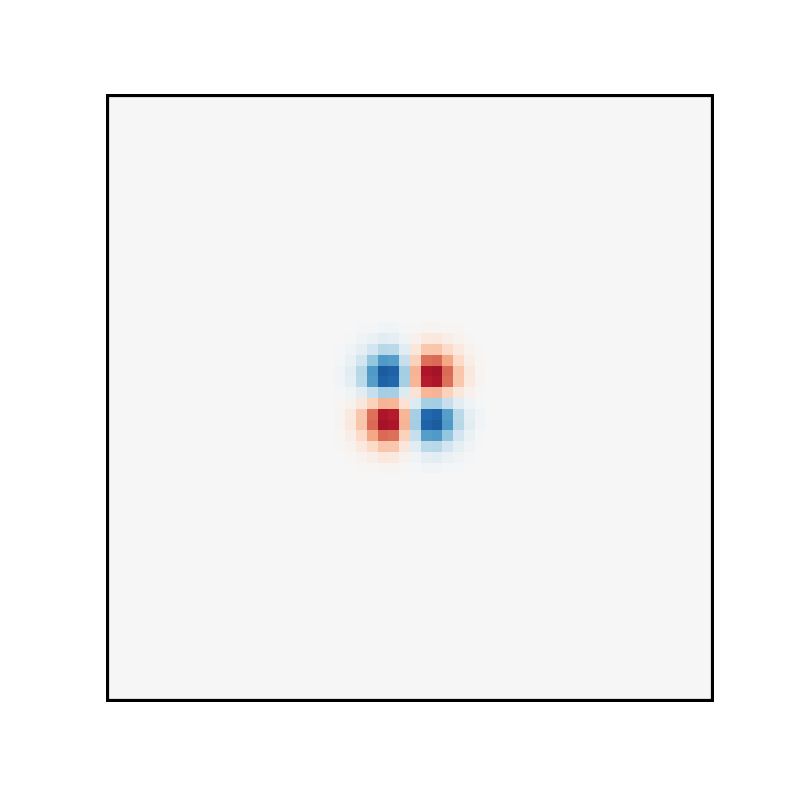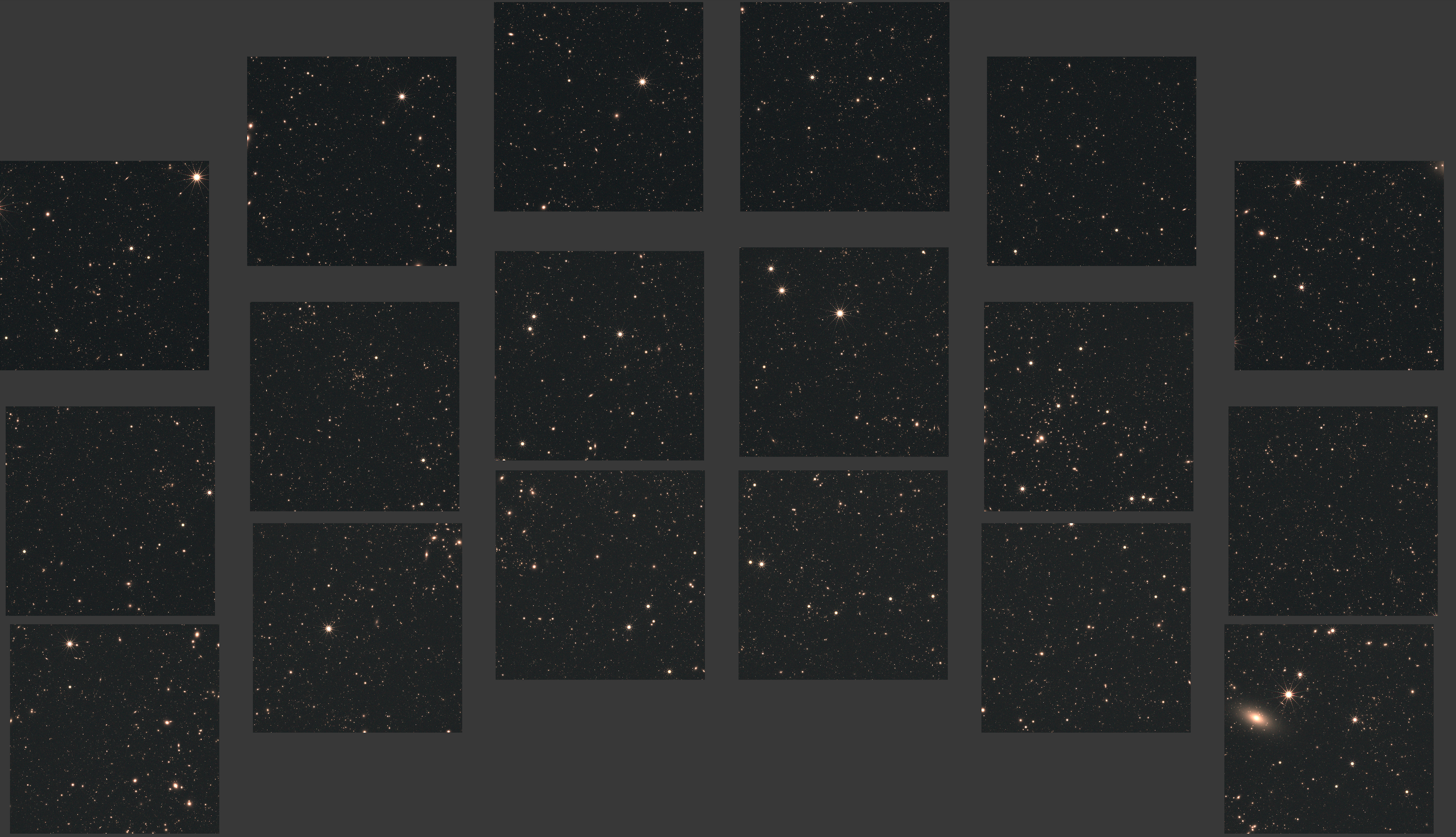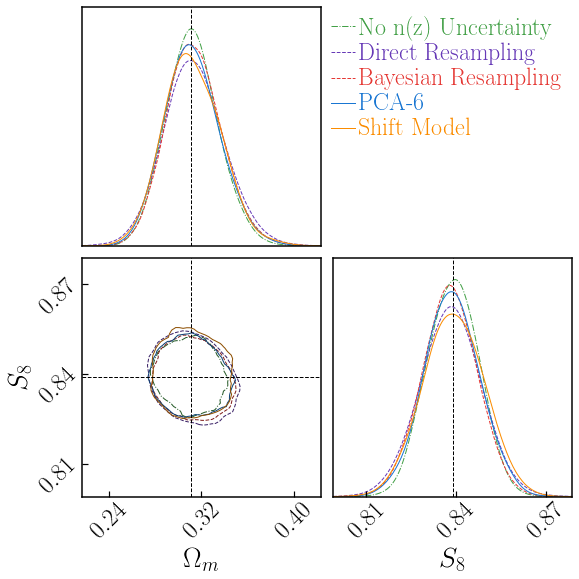I am an observational cosmologist. I use large extragalactic datasets from the Rubin
Observatory, Hyper-Suprime Cam of the Subaru Telescope and Nancy Grace Roman Space Telescope
to study the structure of the universe, nature of dark matter and dark energy. I use techniques such as the weak gravitational lensing and galaxy clustering, etc. I particularly study observational systematics that can impact these analysis, such as the Point Spread Function (PSF) and the photometric redshift (photo-z).
I am Research Assistant Professor at University of Pittsburgh and a LINCC Frameworks research scientist. Previously, I was a graduate student at McWilliams Center for Cosmology, Carnegie Mellon University. I did my undergrad at Duke University and Shanghai Jiao Tong University. I have been passionate about Astronomy since 15.
I am based in Pittsburgh, PA. Sometimes I show up in the Bay Area, California.
Outside of research, I like to hike, build Astronomy community, and play basketball.

 Point Reyes, CA
Point Reyes, CA
Credit: Jocelyn Zhang







